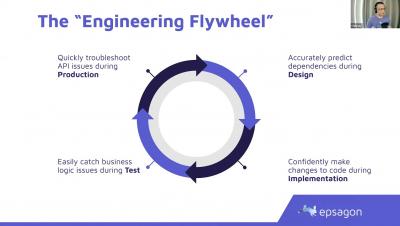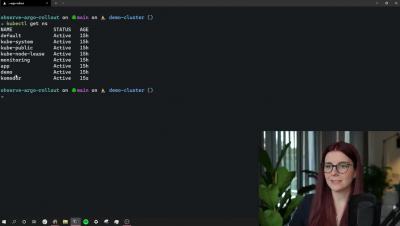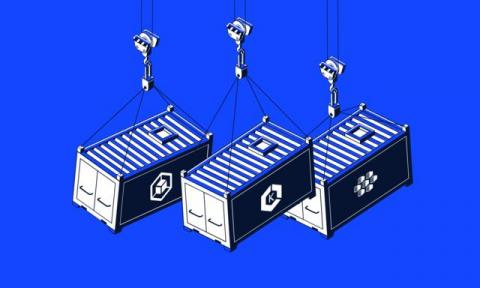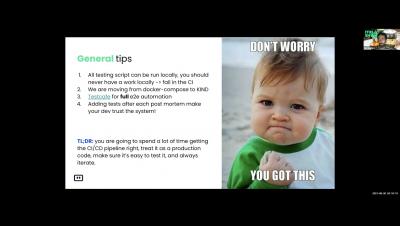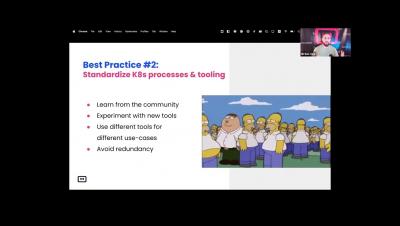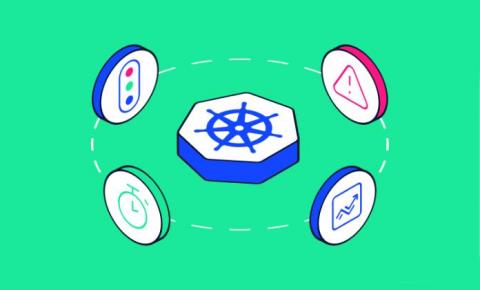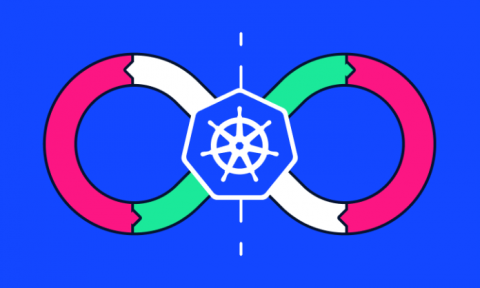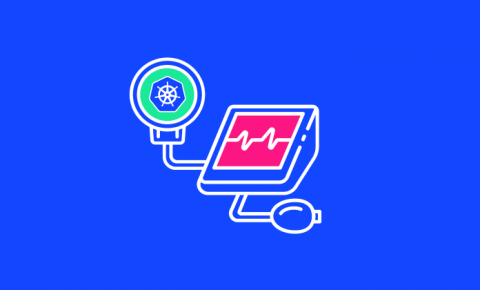Operations | Monitoring | ITSM | DevOps | Cloud
Komodor
The 2022 Managed Kubernetes Showdown: GKE vs AKS vs EKS
Kubernetes may provide an abundance of benefits, but those who are using it may be well aware that it often requires quite a bit (or even a lot!) of effort and skill to run the platform independently. So – rather than having to put up with it on their own, organizations are able to pay for a managed Kubernetes service instead. This is where Google Kubernetes Engine (GKE), Azure Kubernetes Service (AKS), and Amazon Elastic Kubernetes Service (EKS) come in.
Komodor & Rookout Meetup: Kubernetes Survival Kit
Taking Your Kubernetes Helm Charts to the Next Level
Helm is a deployment tool for Kubernetes objects that supports package management, dependencies, and templating. In this article, we will explore how to optimize your Helm charts. To follow along, you’ll need a basic understanding of Helm and will have ideally written and deployed some basic Helm charts.
Defying the Odds: Building Robust & Safe Workloads with Aqua Security & Komodor
The 4 Golden Signals for Monitoring Kubernetes: Everything You Need to Know
Kubernetes is currently the de-facto container orchestration system on the market. Both small and large companies adopt it, and all major cloud providers offer it as a service. However, Kubernetes is a complex and layered platform, so you can’t just jump into it. There are three essential stages for each application: design, deployment, and operation. This blog post will focus on operation, where you need to monitor and troubleshoot your deployed applications.
CI/CD Pipelines for Kubernetes: Best Practices and Tools
Kubernetes is today’s leading container management platform, due to its comprehensive API and developer-friendly features. Using Kubernetes, you can create scalable and reliable applications that run on-premises systems and public clouds. Its out-of-the-box features allow it to distribute hundreds of instances over data centers and keep them up and running. In order to catch up with the automation level of Kubernetes, developing and deploying applications requires more autonomy.
Kubernetes Health Checks: Everything You Need to Know
When you’re using an application or tool, it’s very important to make sure things are working as they should. For this reason, health checks are critical. A health check is when an application or tool checks its own components and dependencies, then either publishes or exposes a notification method if there is a problem.


